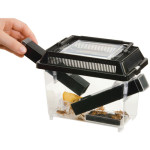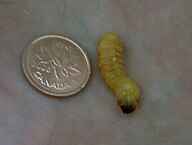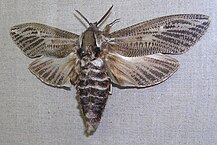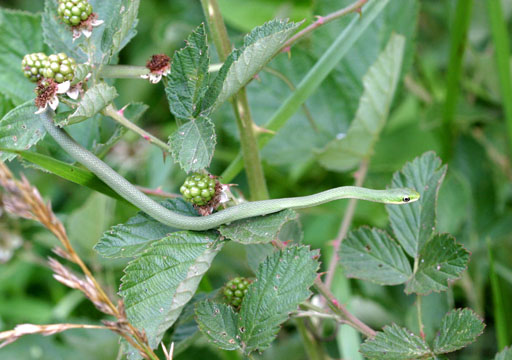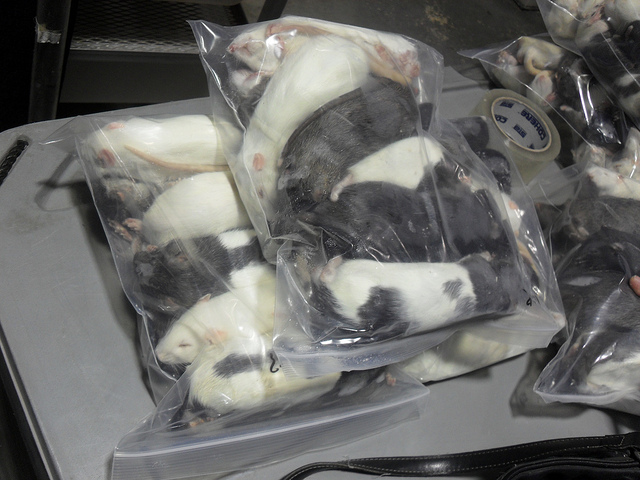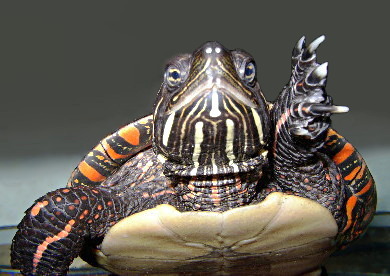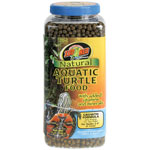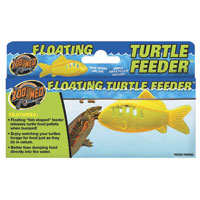
Uploaded to Wikipedia Commons by Aka
Bearded Dragons (Pogona vitticeps) are among the most popular of all reptile pets and a great choice for both new and experienced lizard enthusiasts. But apparently-healthy specimens sometimes refuse to feed, or lose weight despite feeding, and there is still much confusion as to why this occurs. My work with Bearded Dragons and hundreds of other lizards in zoos and at home has (I hope!) provided me with some useful insights into this problem. When presented with a non-feeding Bearded Dragon, we must check our husbandry protocol (UVB, temperature, etc.) and investigate the possibility of a disease or injury. Other potential problems, such as the effects of circadian rhythms (“internal clocks”), may be less obvious, yet very important.

Uploaded to Wikipedia Commons by Frankly Man
Is My Lizard Hibernating?
Hibernation (or brumation) is not the neat, tidy process I learned about as a child – there are varying degrees of dormancy. Depending upon where they live within the natural range, wild Bearded Dragons may experience severe winters, and will become dormant for several months each year. However, those in milder regions may remain active (please see the article linked below to read more about their natural history).
Pets sometimes cease feeding in the fall, despite being provided with 12-14 hours of daylight and high temperatures. Although all Bearded Dragons in the US pet trade are several generations removed from the wild, the tendency to hibernate may persist. “Internal clocks”, or circadian rhythms, can cause pets to become lethargic and refuse food during the winter. To confuse matters further, some reptiles enter dormancy when winter arrives in their native habitats…even if it happens to be summertime in their present home! I’ve seen this among captive Indian Gharials (fish-eating crocodiles) and other reptiles.
The Bearded Dragon Habitat
Bearded Dragons vary in their response to crowding. Moving your pet to a larger terrarium may help, and this will also make it easier for you to establish a thermal gradient. Thermal gradients, which allow reptiles to move from hot to cool areas, are critical to good health. A 30 gallon long-style aquarium is the minimum size that should be considered for an adult…a 55 or larger is preferable.
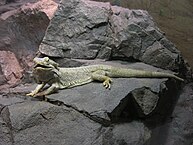
Uploaded to Wikipedia Commons by Greg5030
Inappropriate temperatures will cause your lizard to slow down its feeding, and will impair digestion. An incandescent spotlight bulb should be used to create a basking site of 100-110 F. The rest of the terrarium should be kept at a temperature range of 72-85 F.
Like all desert-dwelling diurnal lizards, Bearded Dragons require high UVB levels. If a florescent bulb is used (Zoo Med’s models are excellent), be sure that your pet can bask within the distance recommended by the manufacturer. Mercury vapor bulbs broadcast UVB over greater distances, and provide beneficial UVA radiation as well.

Uploaded to Wikipedia Commons by 99of9
Diet
Wild Bearded Dragons feed upon a huge array of plants, invertebrates, and the occasional small lizard, snake or rodent. A diet comprised only of crickets, mealworms and a simple salad will not support good health long term. Offering different types of insects can also incite new interest in feeding. We see this most commonly in chameleons, but the enthusiasm your Bearded Dragons will show for novel foods will leave you with no doubt as to their value.
Please see the articles linked below to read more about adding silkworms, house flies, sow bugs, wild-caught insects and other important foods to your pet’s diet. Studies have shown that some lizards will alter their diet in accordance with changing nutritional needs…your pet’s poor appetite may indicate that more variety is needed.
Stress
While female Bearded Dragons usually co-exist, males are intolerant of other males and cannot be kept together. If you keep your lizards in a group, make certain that each is able to bask and to obtain enough to eat. Dominant animals can frighten others even without direct aggression…merely seeing a “bully” in another terrarium may be enough to inhibit an animal from feeding. Appetite-suppressing aggression is also common among young lizards that are being raised in groups.
Locating the terrarium in a noisy part of the house, or where there are vibrations from machinery, may also depress appetites and contribute to other health concerns.
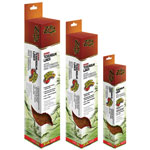 Disease, Impactions and other Health Issues
Disease, Impactions and other Health Issues
An impaction from substrate (swallowed with meals) is one of the more common reasons that Bearded Dragons cease feeding. While many have been successfully kept on sand, others seem to have problems almost immediately. The exact type of substrate used, composition of the diet, calcium intake, hydration levels and many other factors likely play a role in explaining the differences we see. Washable terrarium liners are the safest substrate option.
Unfortunately, highly-contagious Atadenoviruses are well-established in US Bearded Dragon populations. These viruses are spread via body contact and improperly cleaned tools; afflicted females may also pass infections along to their young. Some of the illnesses they cause, including Wasting Disease and “Star Gazing”, are accompanied by a loss of appetite and/or weight. Please see the article linked below for further information.
Internal or external parasites, and a host of other less common ailments, should also be investigated if your pet stops eating, or if it feeds but continues to lose weight. Please post below if you need help in locating a reptile experienced veterinarian.
Further Reading
Atadenovirus in Bearded Dragons
Hibernation in Bearded Dragons
Collecting Insects as Food for Reptiles
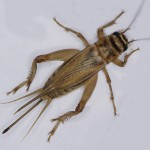 We all love our reptiles, but most of us loathe their lunch. Many reptiles that we commonly keep as pets are insectivores, and the most commonly available feeder insect is the domestic cricket. Yes, you read that correctly, “domestic.” Scientifically referred to as Acheta domesticus, the type of crickets sold as feeder insects have a higher protein value and a more docile nature in comparison to their wild counterparts.
We all love our reptiles, but most of us loathe their lunch. Many reptiles that we commonly keep as pets are insectivores, and the most commonly available feeder insect is the domestic cricket. Yes, you read that correctly, “domestic.” Scientifically referred to as Acheta domesticus, the type of crickets sold as feeder insects have a higher protein value and a more docile nature in comparison to their wild counterparts.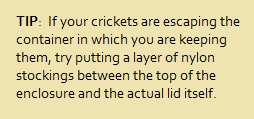 Even though we tend to simply think of them as food for our pets, crickets are living animals themselves and these points need to be kept in mind.
Even though we tend to simply think of them as food for our pets, crickets are living animals themselves and these points need to be kept in mind. That Reptile Blog – Reptile, Amphibian and Exotic Pet Care and Information
That Reptile Blog – Reptile, Amphibian and Exotic Pet Care and Information

